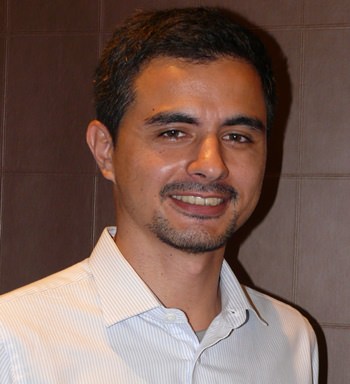Showing its interest in modern technologies, the innovative Automotive Focus Group (AFG) invited Pierre Cerveau, the Business Development Manager from Cad Cast, to address the members. (Cad Cast is a Bangkok based 3D printing specialist, premium equipment supplier and service provider.)
Pierre Cerveau spoke on “3D printing: available technologies, industrial applications and future trends”.

This was a most interesting topic with the theme being “Additive Manufacturing” as opposed to CNC manufacturing, which is “subtractive” with Pierre de-mystifying the subject by describing 3D printing as a series of 2D slices.
The progression in 3D printing was explained with some members unaware that the origins of 3D printing can be traced back to 1984, when the first patent was issued for a stereolithography apparatus (SLA). This patent belonged to Charles (Chuck) Hull, who first invented his SLA machine in 1983.
3D prints start with a Cad file exported to an STL file and then through to slicing software and the build-up of successive slices.
The first type was filament based, known as fused deposition modelling, a relatively quick way towards items needed for prototyping.
The next was stereolithography, which is resin-based 3D printing. In this process, the liquid resin hardens with exposure to UV light. This gives a better surface finish with tolerances down to tenths of a micron, but there is a problem with the UV part of the spectrum in daylight.
Polyjet printing is similar in concept to inkjet, but uses colored powder with a binder. This results in full color prints as prototypes.
This development leads to selective laser sintering, printing with metal, but does leave a granular surface that may need bead blasting to smooth the finish.
Move on through to Lost Wax printing and casting using an inkjet head once again with a grinding plate pass being used between each layer to produce a very smooth finished final article. This is one area where a 3D hollow print can be made, showing some areas better than CNC.
Practical applications of 3D printing were given, including spares in the aviation industry. With the life of planes being around 30 years, how do you stock spare parts? With 3D printing you store Cad files and do not require enormous storehouses of parts.
Pierre Cerveau finished this interesting seminar by informing the AFG members that 3D printing technology is continuing to develop as the awareness of the capabilities expands.




